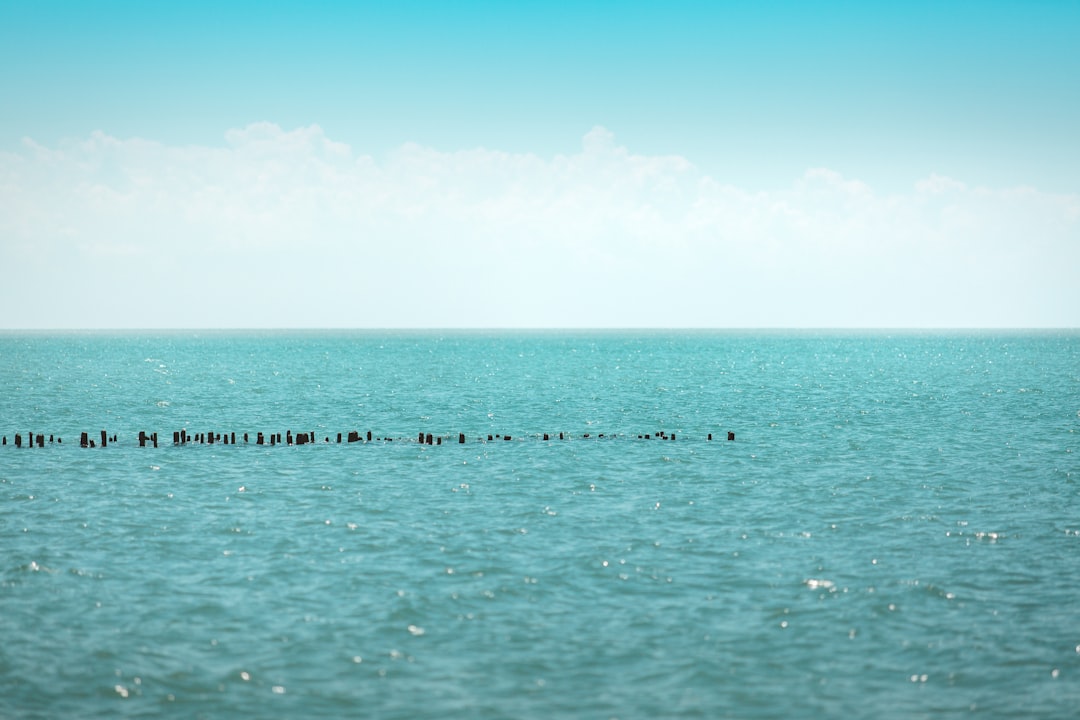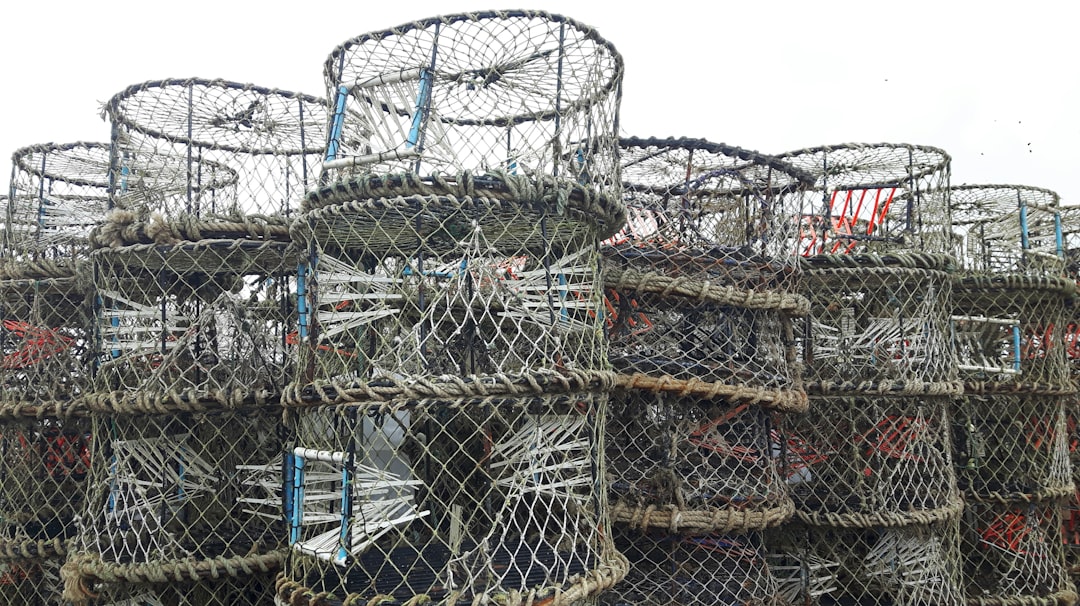What is it about?
This report validates using spot patterns on the dorsal surface of the rare, large Dasyatid, the smalleye stingray (Megatrygon microps) for photo-identification of individuals. Furthering this, the freely-available computer software, I3S, is proven to be adequate at matching individuals.
Featured Image

Photo by Fernando Jorge on Unsplash
Why is it important?
Using photo-ID to study rare and little-known animals in the wild helps in understanding more about them with little-to-no negative impact on their natural behaviours. Computer-aided photo-identification is useful for processing large photo-ID datasets to understand the movement of individuals. In the case of the smalleye stingray, this information is of direct conservation value given its current "Data Deficient" status according to the IUCN Redlist.
Perspectives
This is the first in a series of publications intended for understanding the population dynamic and individual movement of this economically important, rare and little-known yet large stingray. The report could also be used as a template for future validation of other species' photo-identification and computer-aided matching of ID photographs.
Jennifer Keeping
All Out Africa Marine Research Centre
Read the Original
This page is a summary of: Computer‐aided photo‐identification of a rare stingray,
Megatrygon microps, Journal of Fish Biology, January 2020, Wiley,
DOI: 10.1111/jfb.14242.
You can read the full text:
Contributors
The following have contributed to this page










